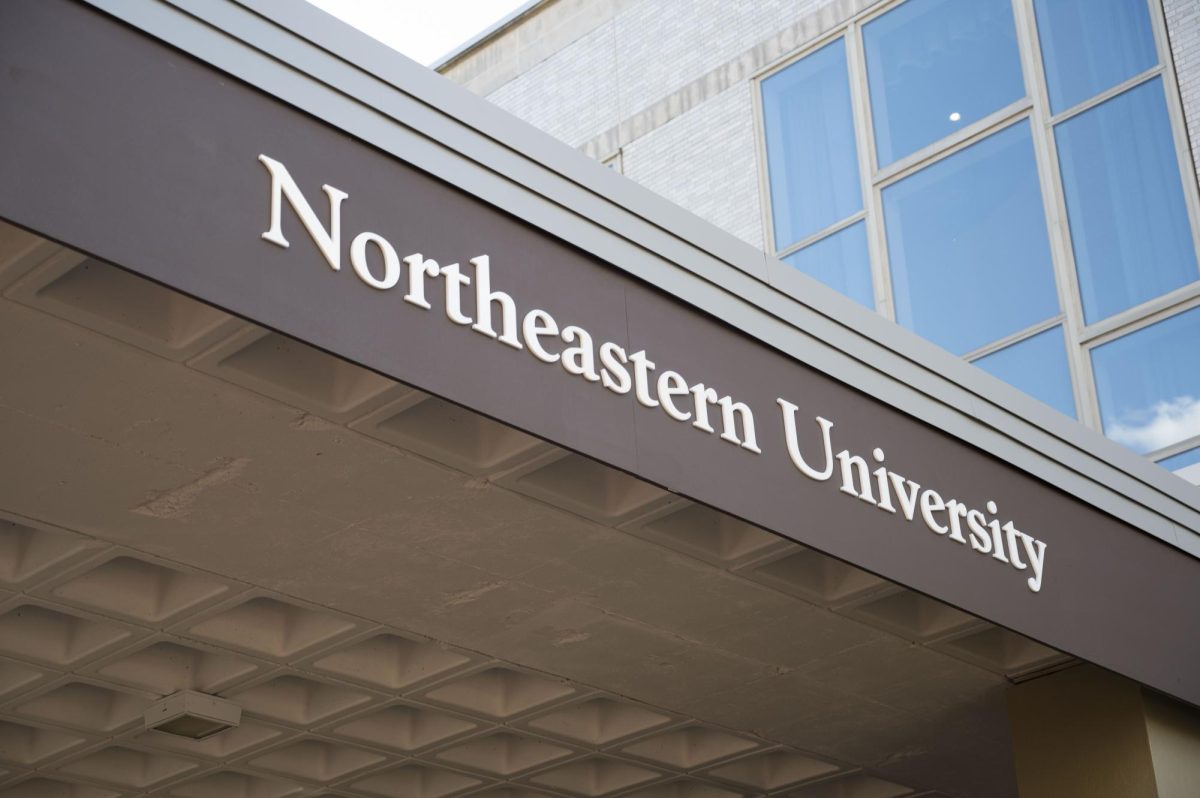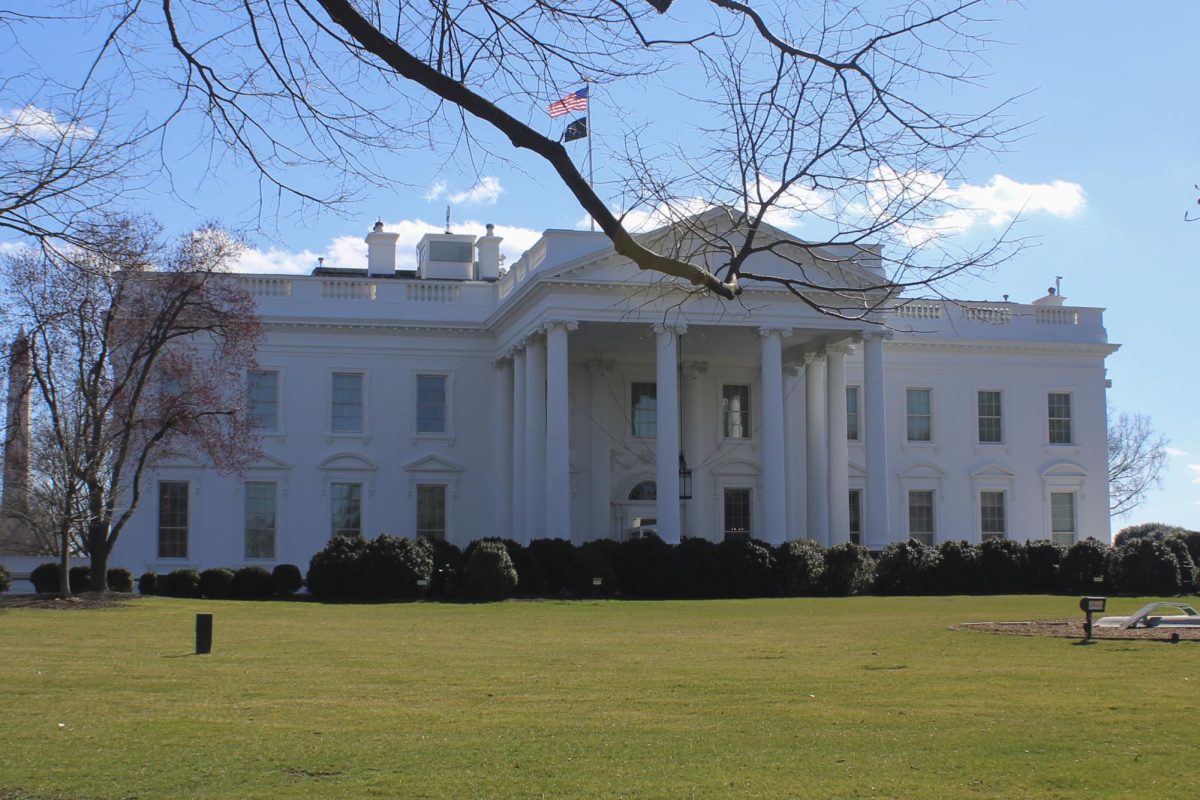
News Staff Photo/Matt Greene
By Stephanie Eng, News Staff
After bleak and frigid New England winters, Northeastern’s campus receives a facelift each year. When spring arrives, landscaping crews take to the areas on campus, planting flowers and laying new mulch – as much a sign of spring on campus as the impending final exams.
“Landscaping is key in showcasing the beauty of Northeastern’s unique urban campus, and the grounds crew is committed to landscaping solutions that meet the twin goals of careful design and cost-saving maintenance techniques,” university spokeswoman Lucy Warsh said.
Each year around this time, the Northeastern facilities staff begins “spring cleanup,” which involves removal of debris, planting and mulching.
This year, the flora will include pansies, tulips and daffodils, as well as other plants. As for mulch, some will be redistributed on campus, and the grounds crew will also put down new layers.
Overall this process involves around a dozen facilities grounds crew members who work year-round to maintain and beautify a campus that spans about 70 acres.
The appearance of the university grounds is especially important as prospective students make final decisions about where they will go to school in the fall.
Northeastern’s Landscape Services and Suburban Campus Facilities cites a statistic from Ernie Boyer of the Carnegie Foundation online: Roughly 61 percent of students make their college decision based at least in part on appearance.
And Northeastern is one of the most successful universities, in terms of appearance, having earned the “First Impressions Award” for Landscape Architecture from the American Society of Landscape Architects, according to the Landscape Services and Suburban Campus Facilities website.
Some students are noticing the landscaping effort, too.
“There’s nothing I find unappealing about our campus,” sophomore music industry major Justin Sloane said.
While the university staff works year-round to provide rich colors and different textures through elements such as trees and walkways, some students said the campus aesthetic varies notably by season.
Some undergraduates prefer the colder months. “I think it’s nicer in the winter, because at least there’s snow to cover everything, and that can actually be very beautiful,” Kate O’Brien, a sophomore international affairs major, said.
Others were not as forgiving, and feel that more should be done to put some color on campus in the winter.
“I know they can’t control the winter elements like barren trees, but anything they could do to make it more ‘homey’ would be an improvement. Even some LED string lights would be great,” middler communications major Kathryn Waxman said.
Popular opinion is that warm weather brings campus to life, and the university benefits greatly from the additions made in the spring.
“With the flowers and trees just starting to bloom, walking through muddy snow just isn’t as appealing to me,” junior Asian studies major Nathaniel Hahn said. “Northeastern already does about as good of a job as it can with the snow, and the lights on the trees always look nice. Aside from making it snow less, I don’t really know if there’s anything else that can be done about it.”
Northeastern has worked to transform itself from what Landscape Services and Suburban Campus Facilities calls on its website a “mostly asphalt ‘parking-lot’ appearance” to a Bostonian cultural center.
“To add more interest or curb appeal to the campus landscape, winding walkways, sculptures and water features have been added,” Landscape Services notes on its website. “Small parks and walled seating areas have also been installed for the university community to live and learn.”
These sites include the sculpture park behind Curry Student Center. And of course, when the seasons permit, Landscape Services adds festive flowers and displays to the gardens.
The campus landscape is one of the university’s most valuable assets, because it includes ecological and aesthetic components, which are quite valuable and have measurable economic value.
“Some say that ‘attractive’ site design raises property values by 15 to 20 percent,” said Jane Amidon, director of Northeastern’s Urban Landscaping Program. “Site materials and compositions create a visual language that becomes associated with the campus, and landscape designs can provide a sense of identity that is similar to a corporate logo.”
Northeastern has won numerous landscaping awards, according to the Landscape Services and Suburban Campus Facilities website, including a Citation for Outstanding Design in Landscape Architecture of West Village G and H and a Citation for Outstanding Project for the Landscape Architecture of Behrakis Health Sciences Center and West Village from American School and University. The Massachusetts Horticultural Society also awarded the university a Gold Medal for Public Beautification and Environmental Advocacy.








